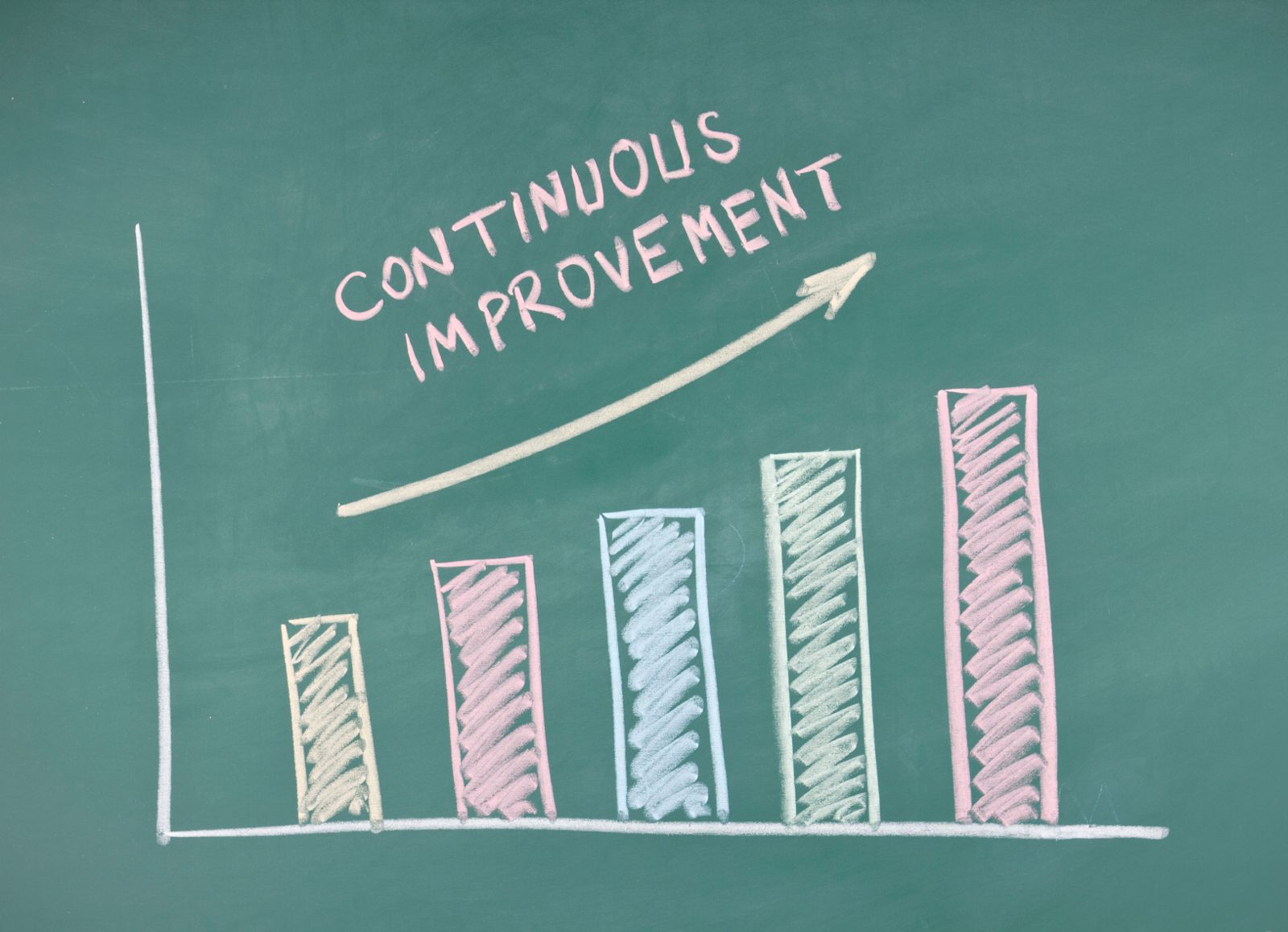Continuous Improvement (CI) is an evolutionary process. But extraordinary threats and opportunities require a revolutionary, targeted response. When an organization needs to act quickly to ramp up production, reduce costs, or meet other extraordinary changes or goals, Kepner-Tregoe (KT) has developed a process approach for targeted, sustainable change. This effective three-phase model (diagnose—implement—sustain) is a powerful intervention that moves beyond the incremental improvements of CI to target and achieve specific, dramatic improvements.
Phase One: Diagnose
Rather than instinctively reacting to events, it is essential to gather information. One of the outputs of movements such as Six Sigma is that organizations gather volumes of data and “slice and dice” it to death. However, understanding the reasons behind inadequate performance requires that qualitative, “people” side of the equation be explored just as robustly as the quantitative, data side.
KT’s diagnostic approach relies heavily on our proven rational thinking processes for setting priorities, identifying problems and their root causes, making rational decisions, and understanding human performance. The diagnostic methodology is designed to quickly assess where opportunities reside and prioritize what’s most important.
The following diagnostics focus improvement efforts for step change results:
- Business process flow analysis
- Operational data analysis
- Human performance analysis
- Asset performance analysis
Phase 2: Implement
Following diagnostics, experience and a rigorous Decision Analysis process enables KT to define alternative initiatives, address opportunities, and then help organizations select the ones that will best achieve the desired objectives. The frameworks for addressing the most common needs include:
- Business Process Improvement — This focuses on changing the actual design of processes employed by the organization to remove non-value added activities
- Issue Escalation and Resolution — This process ensures that issues are recognized quickly, escalated correctly and resolved expeditiously and appropriately.
- One Best Way — When internal “best practices” exist, this methodology institutionalizes and structures proven means of accomplishing process goals.
- Lean-KT Initiatives — KT’s approach combines the proven capabilities of Lean Manufacturing with the power of KT rational thinking skills throughout the improvement engagement.
- Daily Management — This approach to organizing and managing the hour-to-hour, day-to-day operations, in conjunction with an effective issue resolution, ensures key issues are dealt with correctly and expeditiously across the organization.
- Perfect Day/Shift — Using KT’s Potential Problem Analysis and Situation Appraisal ensures that efforts to prevent problems are thought through and acted upon to prevent problems from occurring. An appropriate amount of time and resources are devoted to successfully executing the change process and using new tools and job aids.
Phase 3: Sustain
Sustainability, at its core, is making sure an organization keeps people “interested” and does not punish people for doing the right thing. Experience has shown that the work required to guarantee ongoing success is the most overlooked.
Structured approaches to sustainability, include:
- Optimal Organization Structure — Individuals may need to assume new roles and responsibilities. Our methodology ensures that process responsibilities are accounted for, performance is measured, and capability gaps are identified and closed.
- Performance System Engineering — Efforts must be made to ensure that consequences of good or bad performance have an appropriate impact on the individual performer, that performers understand what is expected and how to improve, and that systems reward good performance.
- Process Measurement and Management Design — Establishing an effective system for measuring, monitoring, and managing the process ensures compliance and quality. In addition, this must be tied to business value measurements to ensure desired results are achieved.
- Process Coaching and On-the-Job Application — Translating the knowledge acquired in a training environment often requires on-the-job support and coaching to ensure that the designed improvements are permanent.
While many of the solutions that are implemented in response to an organization’s opportunities will be technical, tactical improvements, all will require that the people expected to use the new processes, tools, equipment, and information be capable of doing so. And, once capable, they need an environment and “performance system” that encourages appropriate behaviors and performance. Successful manufacturing organizations put forth the time, resources, and effort required to ensure that they are properly equipped to manage new or changed processes, understand organizational performance, promote continuous improvement after implementation, and proactively respond when future issues and opportunities arise.



